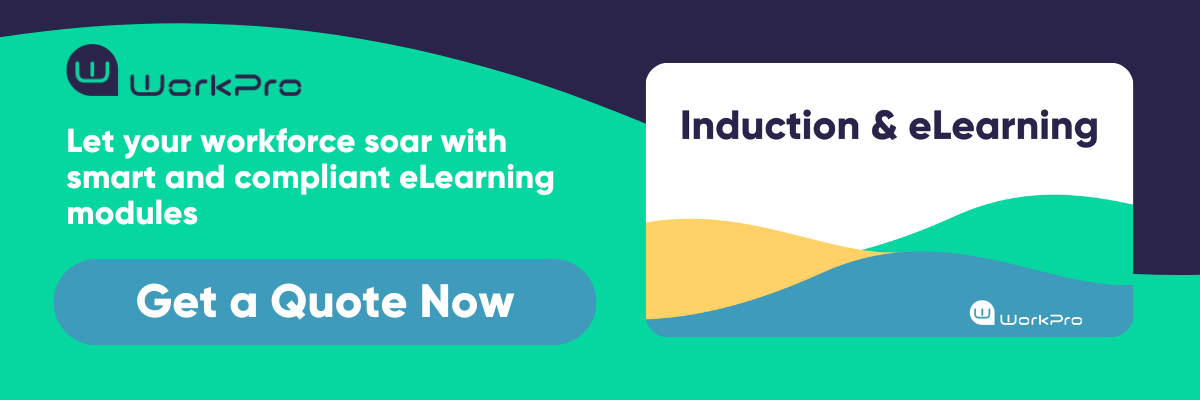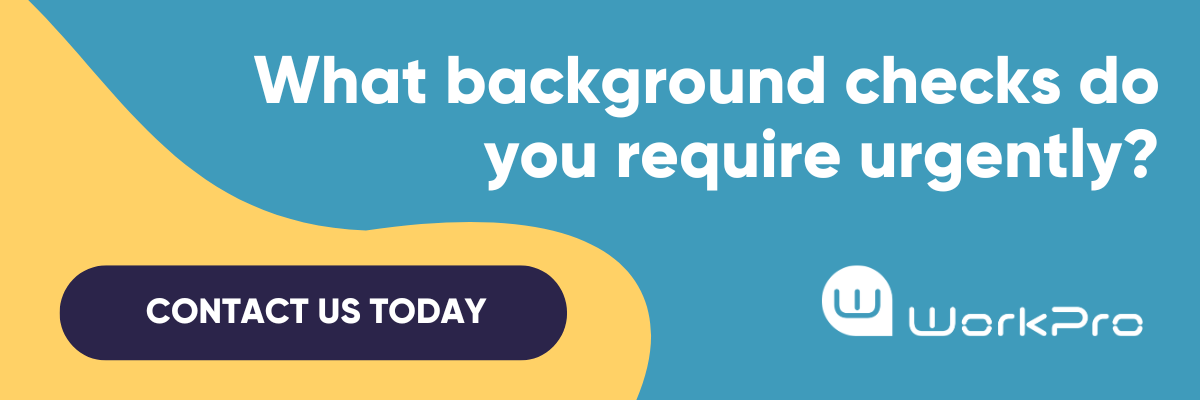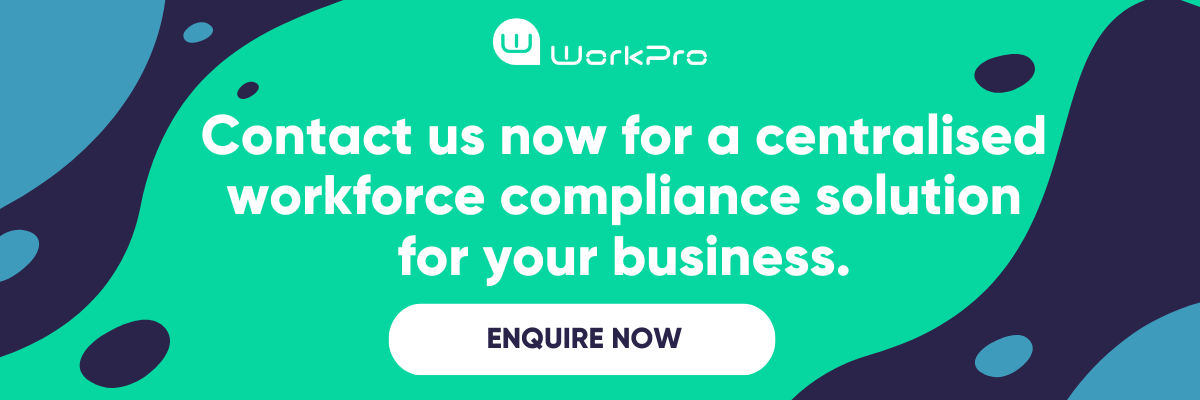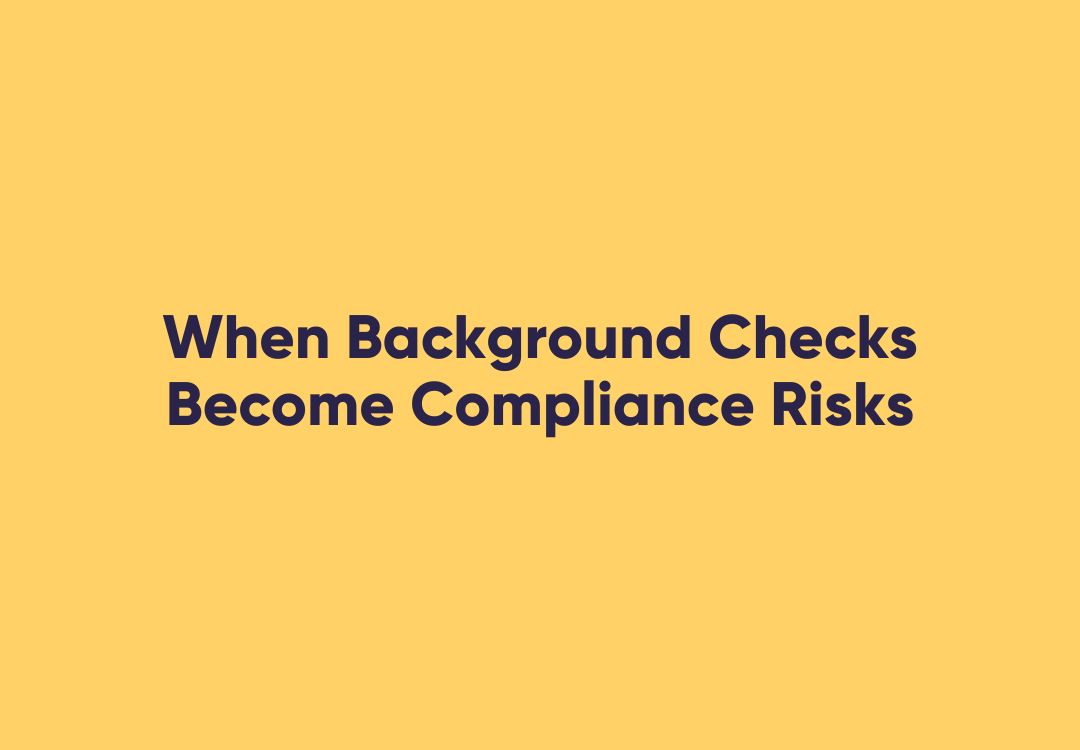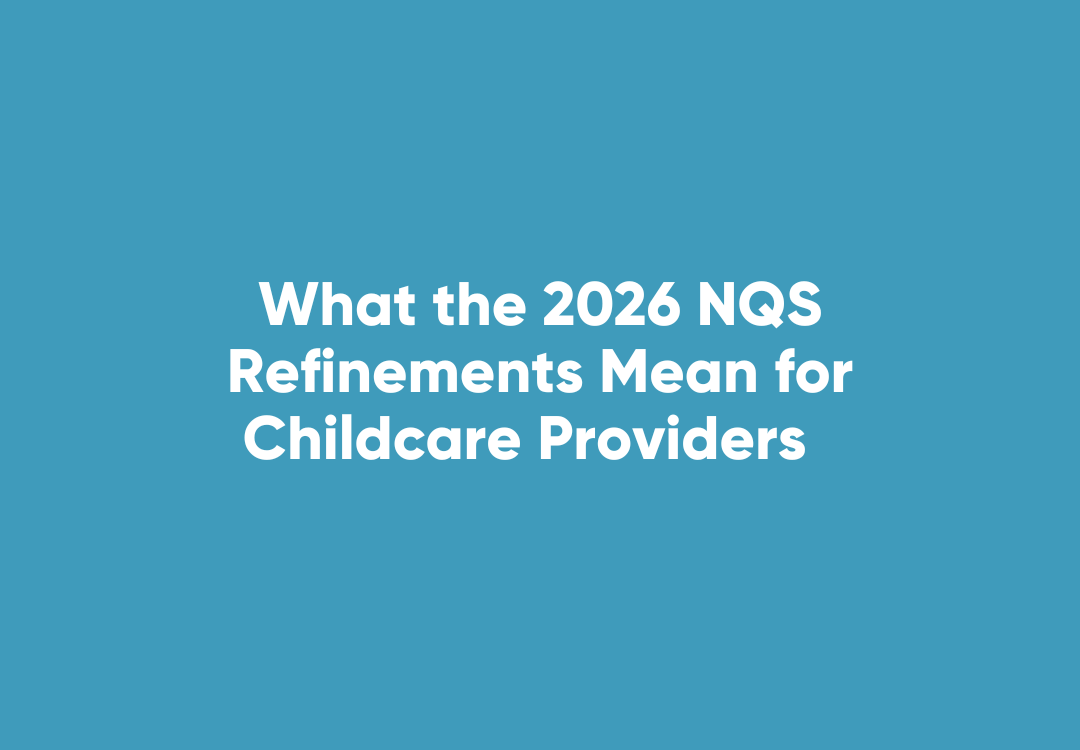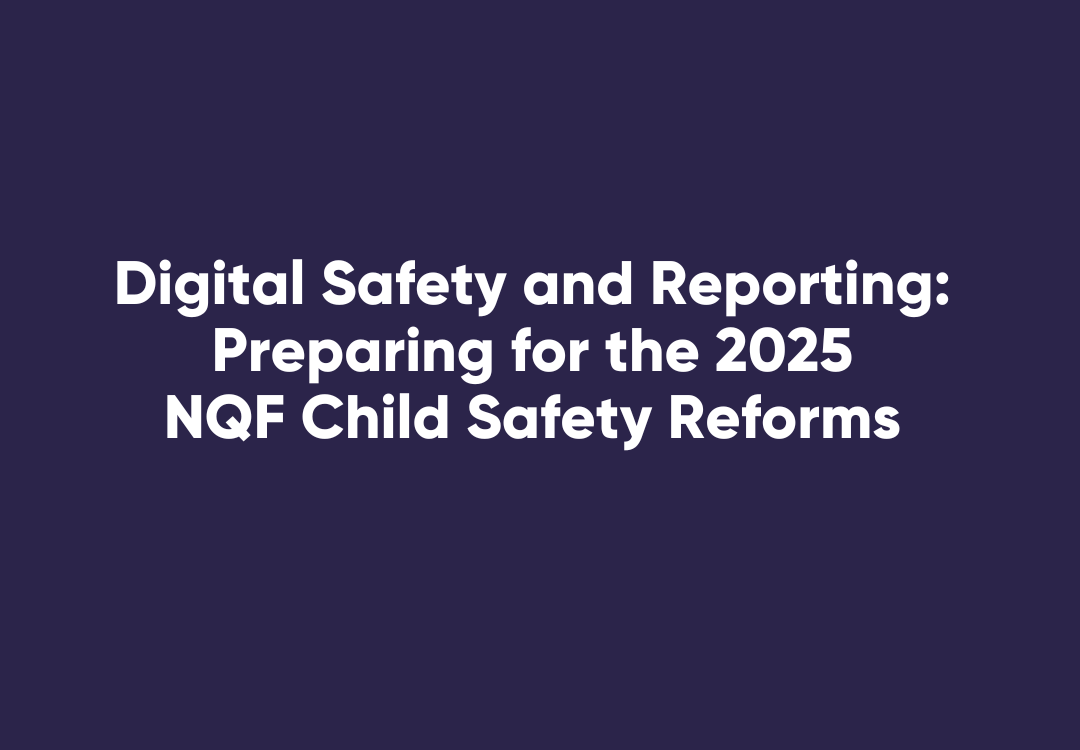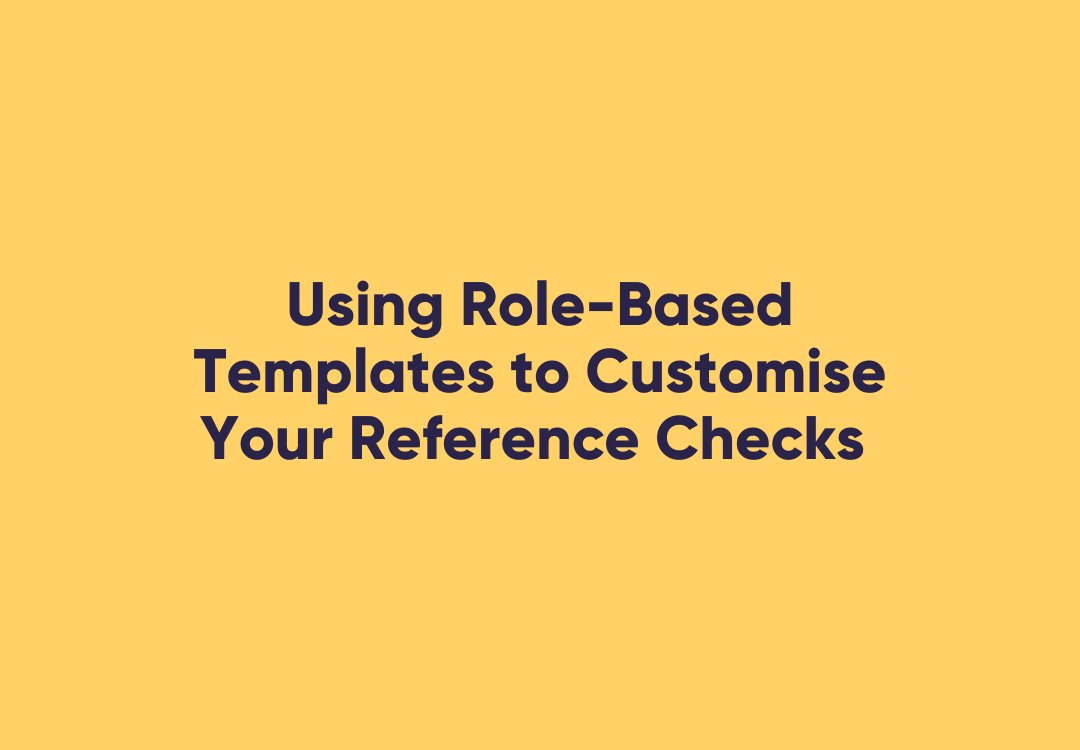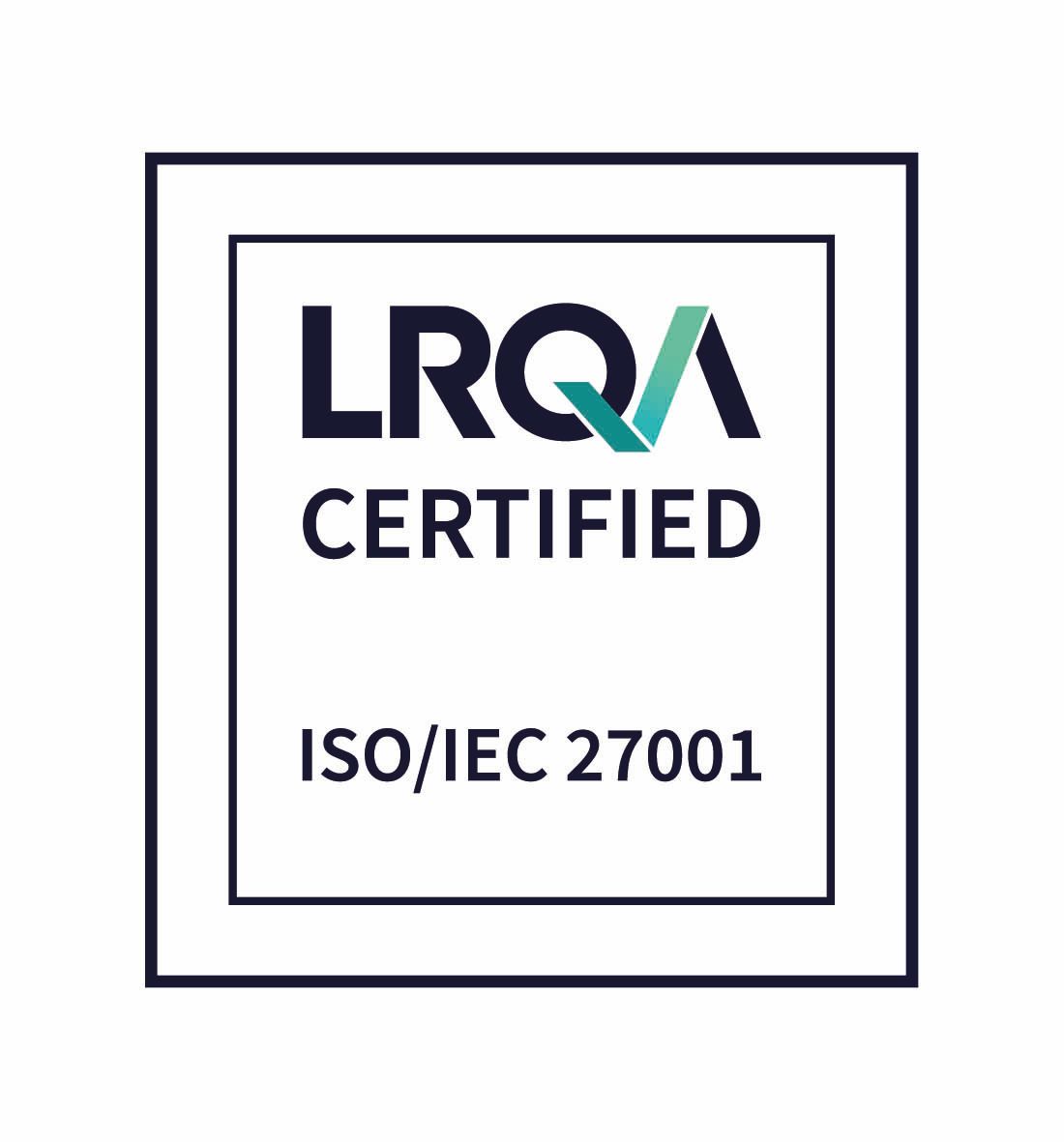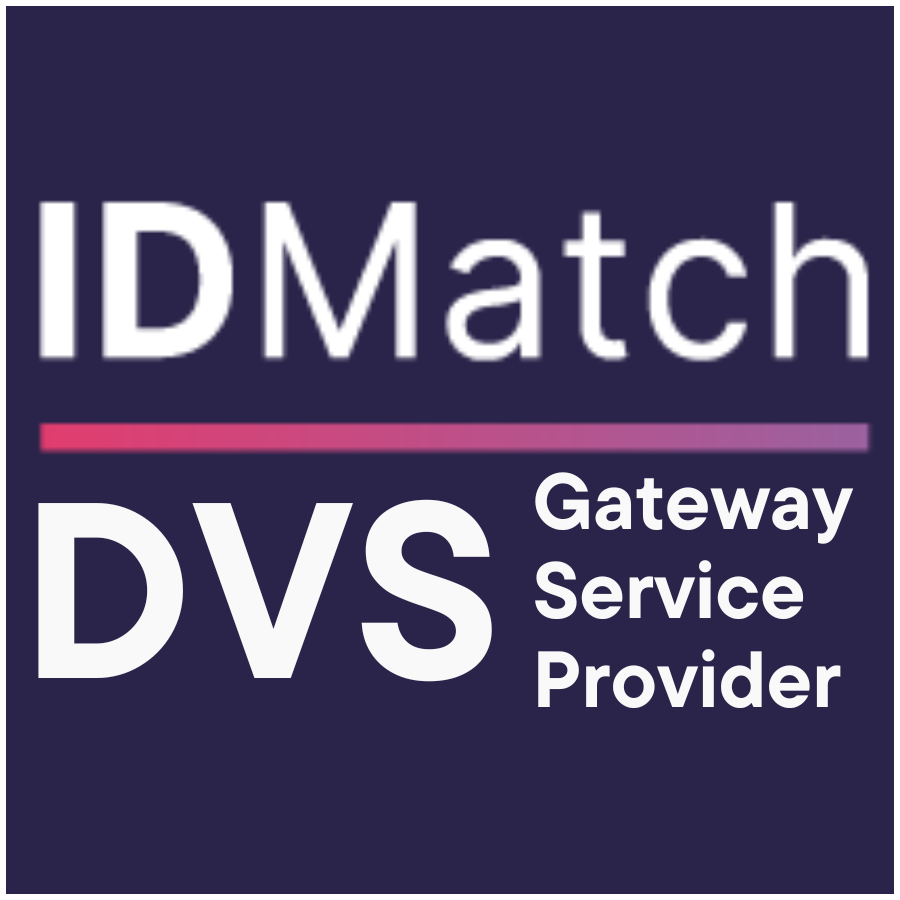How Pre-Employment Training Enhances the Job-Ready Experience
Hiring skilled candidates is only half the challenge—ensuring they are truly job-ready before their first day is just as important. New hires who lack training, compliance knowledge, or role clarity can struggle early on, leading to delays in productivity, disengagement, and even early turnover.
Pre-employment training bridges this gap, equipping candidates with essential skills, workplace safety knowledge, and compliance requirements before they step into their roles. When training is structured and delivered digitally, businesses reduce onboarding time, increase retention, and create a workforce that is prepared from day one.
This guide explores how HR teams can implement effective pre-employment training to enhance workforce readiness and improve hiring outcomes.
To Improve Workforce Readiness, Implement Pre-Employment Training
A new hire who arrives trained, confident, and compliant is far more productive than one who learns on the job. Pre-employment training reduces the adjustment period and ensures employees can contribute immediately.
Here’s how structured training benefits both employees and employers:
✔ Faster onboarding – Employees complete mandatory training before their first day.
✔ Stronger compliance
– Workplace safety and regulatory training are completed in advance.
✔ Higher engagement
– New hires feel prepared and confident in their roles.
✔ Increased productivity
– Pre-trained employees require less supervision and ramp up faster.
A Glassdoor report found that employees who receive structured onboarding are 82% more likely to stay with an organisation for at least three years. The right training strategy creates a more engaged and committed workforce.
Key Components of Effective Pre-Employment Training
A job-ready training program goes beyond generic onboarding—it tailors learning to specific roles, compliance requirements, and workplace culture.
1. Role-Specific Training & Skill Development
Every role comes with unique expectations, tools, and required competencies. Pre-employment training should include:
📌 Job-specific learning modules to help employees understand their responsibilities.
📌
Hands-on skills training to ensure they can perform tasks without additional guidance.
📌
Company process overviews to familiarise them with workflows before their start date.
By providing role-specific learning before day one, new hires integrate into teams faster and with fewer mistakes.
2. Compliance & Workplace Safety Training
Many industries require mandatory training in Workplace Health & Safety (WHS), data privacy, and ethical standards. Pre-employment training ensures:
📌 Completion of safety training before employees enter the workplace.
📌 Regulatory compliance awareness, reducing the risk of violations.
📌 Cybersecurity training to protect company information from data breaches.
When compliance training is completed before onboarding, businesses avoid costly non-compliance risks.
3. Company Culture & Values Integration
Cultural fit directly impacts engagement and retention. Pre-employment training should introduce new hires to:
📌 Company mission, vision, and values so they align with organisational goals.
📌 Code of conduct and workplace expectations to prevent misunderstandings.
📌 Diversity, Equity, and Inclusion (DEI) training to foster a respectful work environment.
Employees who understand workplace expectations upfront are more likely to feel integrated and engaged.
4. Digital Onboarding & HR Administration
Traditional onboarding can be paper-heavy and inefficient. Pre-employment training should automate administrative tasks so HR teams can focus on people—not paperwork.
📌 Self-service portals for submitting employment documents.
📌 Automated training tracking to monitor completion rates.
📌 Pre-first-day checklists to ensure all onboarding steps are completed in advance.
Digitising these processes reduces first-day stress and allows HR to streamline hiring at scale.
How WorkPro’s Pre-Employment Training Ensures Job-Readiness
HR teams need a scalable, automated solution to manage pre-employment training efficiently. WorkPro provides a centralised platform that delivers compliance training, role-based learning, and digital onboarding—all before a candidate starts work.
WorkPro’s Pre-Employment Training Features:
✔ Customised Role-Based Learning Modules
- Industry-specific training tailored to job roles and responsibilities.
- Ensures employees know what to expect before their first day.
✔ Automated Compliance & WHS Training
- Covers mandatory Workplace Health & Safety training.
- Tracks compliance completion to ensure every new hire is job-ready.
✔ Digital Onboarding & HR Integration
- Automates document submission and employment verification.
- Offers self-paced eLearning for candidates to train at their convenience.
✔ Progress Monitoring & Reporting
- Real-time tracking of training completion.
- Ensures every employee meets job-readiness benchmarks before starting.
With WorkPro’s pre-employment training, HR teams can reduce onboarding time, eliminate compliance risks, and ensure every hire is prepared from day one.
Train Before Day One for a Job-Ready Workforce
Employees perform better when they start fully trained and confident. Pre-employment training accelerates onboarding, improves compliance, and ensures new hires are ready to contribute immediately.
A structured approach to training means:
🔹 No first-day surprises—employees already understand their roles.
🔹
Fewer compliance risks—WHS and regulatory training are completed early.
🔹
Higher engagement & retention—candidates feel prepared and invested.
HR teams that implement digital pre-employment training create a more productive, efficient, and prepared workforce.
See how WorkPro can optimise your pre-employment training strategy today.


